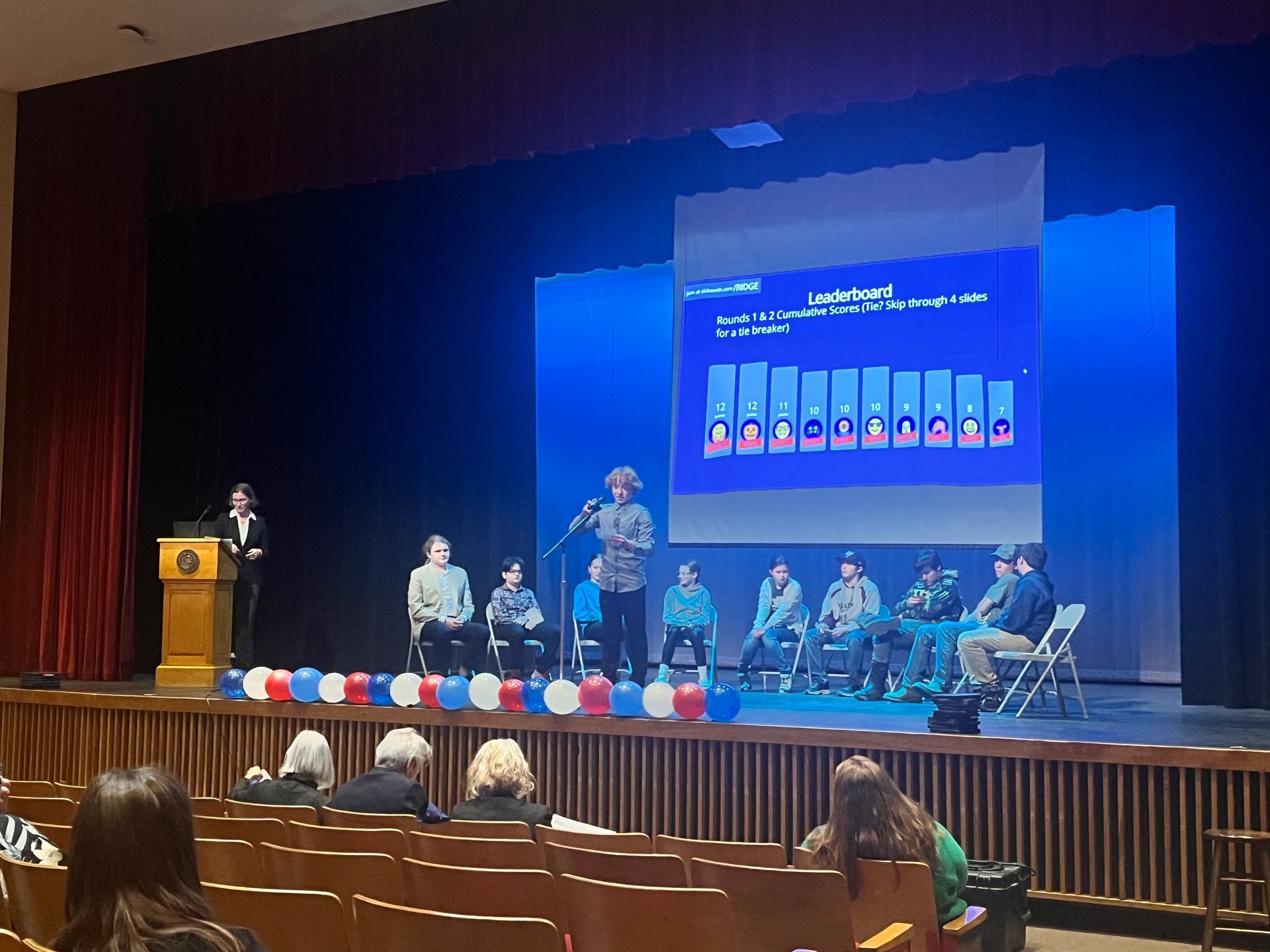January 10, 2023
According to Hunger Free Vermont, 10% of Vermonters experience hunger every day. This number increased to 33% in 2020. Poor nutrition leads to illness, higher health care costs, and health inequities.
Studies have shown that children with enough nutritious foods learn better and experience fewer behavioral issues, anxiety and health problems like obesity. Adults with enough food to eat also experience fewer health challenges.
Additionally, a poor diet and lack of physical activity, along with tobacco use, increases one’s risk of four chronic diseases: Cancer, Heart disease and stroke, Type 2 diabetes, and Lung disease. These diseases account for more than 50% of all deaths in Vermont.
Browse the resources listed for statewide healthy eating and food access resources, and resources for preparing fresh, healthy foods on a budget.
Help Getting Food
Find a Food Shelf Locator:
Find a food shelf via the Vermont Foodbank’s searchable map of food shelves and cupboards located across Vermont.
Learn More >>
3SquaresVT:
Income-eligible Vermonters get a debit card that can be used to buy food at stores and farmers markets around the state. Learn More >>
Crop Cash:
Vermonters who get 3SquaresVT benefits can exchange $10 of benefits and get $20-$30 in Crop Cash to buy fresh fruits, vegetables, and herbs at local farmers markets.
Learn More >>
WIC:
Income-eligible Vermonters who are pregnant, breastfeeding, have a new baby, or have young child(ren) get healthy food, formula, and a range of nutrition and breastfeeding support and resources. Learn More >>
Commodity Supplemental Food Program (CSFP):
Older Vermonters (age 60+) who meet income requirements can get a box of non-perishable, healthy staple food items—like cheese, pasta, and vegetables— from various locations across the state. Learn More >>
VeggieVanGo:
VeggieVanGo vans park at schools, hospitals, and other community sites around Vermont and provide free, fresh produce to anyone in need.
Learn More >>
School Meals: Schools are a great resource to help families stretch their food budgets. Many schools offer breakfast, lunch, and even snacks at a free or reduced rate depending on one's household income. This school year (2022-2023), all Vermont schools are offering free meals to all students regardless of their income. If interested, parents and caregivers should talk to their schools about accessing school meals.
Summer Meals: Many kids participate in Vermont’s free or reduced school meal program—however, in the summer, many lose access. Hunger in the summertime contributes to "summer learning loss" and can prevent children from enjoying their summer breaks. Summer Meal Programs bridge the gap between school years, giving children ages 18 and under the fuel they need to return to school ready to learn. Ask your school about Summer Meal sites near you or check out this list from Hunger Free Vermont (updated annually).
Help Preparing Healthy Meals On A Budget
Food Hero:
Oregon State University’s resource helps you learn how to shop for and prepare healthy, tasty meals for the whole family. Plus, there is content just for kids! Learn More >>
Spend Smart. Eat Smart:
This database, from Iowa State University, has tons of tips and recipes for how to eat healthy while sticking to a budget. Every recipe features the cost per serving. Learn More >>
Hunger and Health:
Feeding America’s recipes feature ingredients that are commonly found at food banks. Most meals are simple and require little to no tools or equipment. And they are still budget-friendly and nutritious. Learn More >>
How To Eat Right When Money’s Tight:
This handout from the USDA offers up some tips to stretch your food dollars. Learn More >>
Resources for Community Partners
If you are looking to help share nutrition education and food access information with clients, look at the following resources.
Vermont Nutrition Education Committee (VNEC):
SNAP-Ed is one of many resources to help Vermonters find, prepare, eat and store healthy, nutritious food. Representatives from many of the programs listed above meet, as VNEC, a few times per year to share program updates and look for opportunities to collaborate. Contact Suzanne Kelley at Suzanne.Kelley@Vermont.gov for more information about his group. We welcome new members!
Food and Nutrition Resources for Vermont Families:
This cheat sheet provides a high-level overview of food access programs offered across the state, including eligibility information and how to sign up. Learn More >>
Vermont Food and Farm Health Program Inventory:
Farm-to-Plate’s comprehensive report lists the community programs across Vermont working to address food insecurity. Learn More >>
Hunger Councils:
Led by Hunger Free Vermont, ten regional Hunger Councils are committed to learning about hunger and improving community and household food security. The Hunger Councils coordinate efforts and build strong nutrition safety nets at the community and statewide levels. Learn More >>







